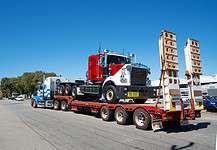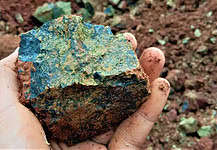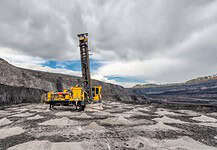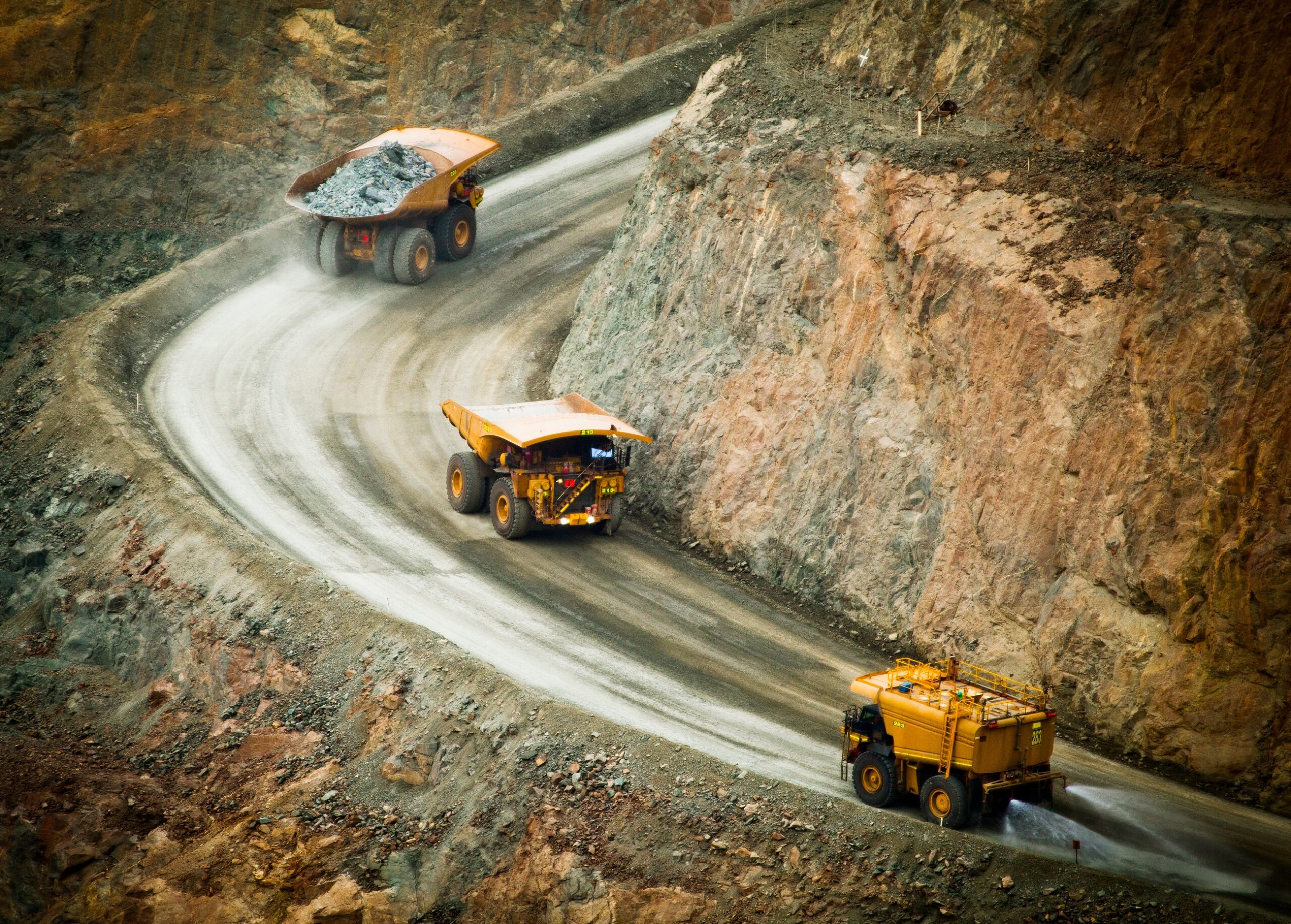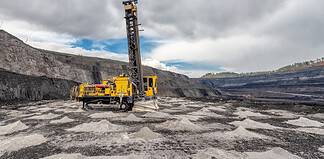Drilling initiative set to address WA’s mineral discovery rate
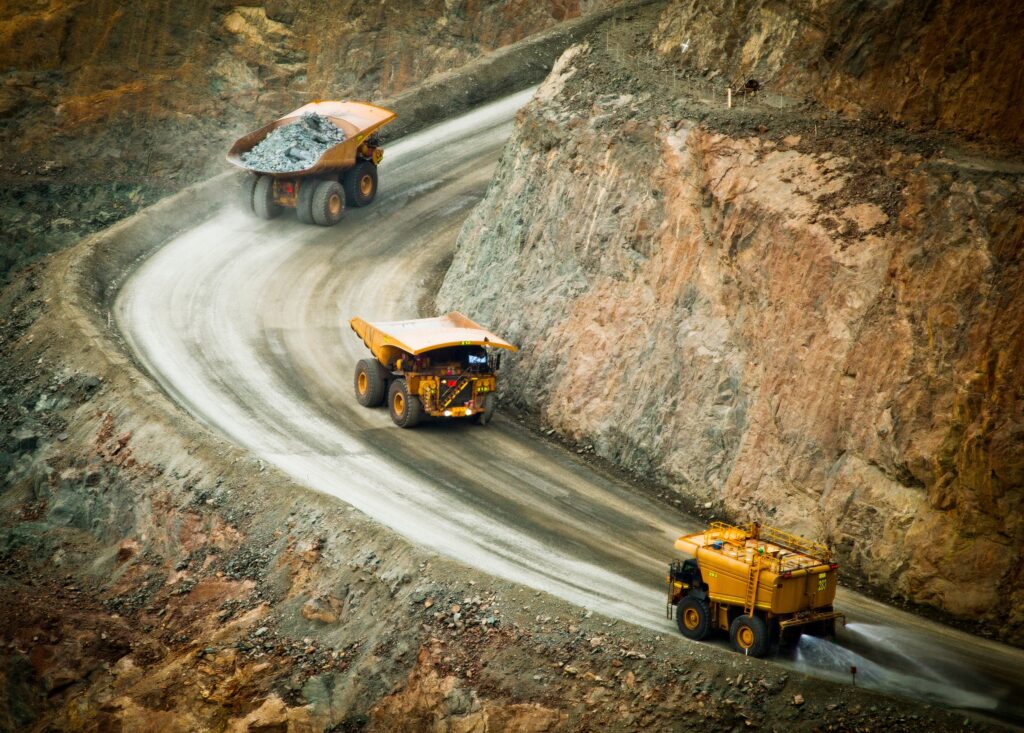
A collaborative drilling initiative is set to address WA’s declining mineral discovery rates by mapping and defining potential mineral systems to remote underexplored regions.
The Geological Survey of Western Australia (GSWA) is working with the MinEx Cooperative Research Centre as part of the National Drilling Initiative (NDI), an ongoing pre-competitive geoscience program.
While it’s not an exploration program, the initiative aims to reduce the financial and technical risks of exploration and increase the level of industry investment by providing high-quality precompetitive geoscience data.
Phase one is underway at the Nifty copper operation, which is currently under care and maintenance, in the Paterson region of WA’s northwest.
This phase of work will see multiple holes be drilled to depths of up to 500 metres to understand the geological factors controlling the sedimentary-hosted copper system.
The drill crews will use novel coiled tube technology that will access bedrock in a faster, cheaper and more environmentally clean manner. This drilling emits less carbon dioxide, is less water intensive and uses a smaller size footprint than comparable drill rigs.
GSWA executive director Michele Spencer said sedimentary-hosted copper systems account for around 20% of global production.
“Despite copper’s importance in driving net zero emissions, very little is understood geologically about sedimentary copper systems,” she said.
“In WA, large low-lying areas like the Canning Basin and Officer Basin show considerable potential for base metals such as copper, but the extent of this prospectivity is unknown.
“The Paterson is an important exploration frontier and the geoscience data we collect at the Nifty site will play an important role in driving exploration across the region and WA.”
Drilling is expected to take between four to six weeks with preliminary data being released later in the year.


